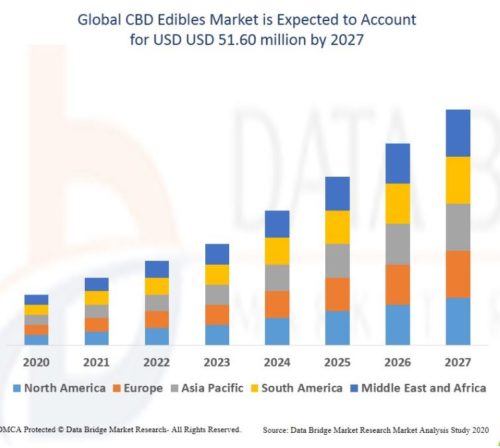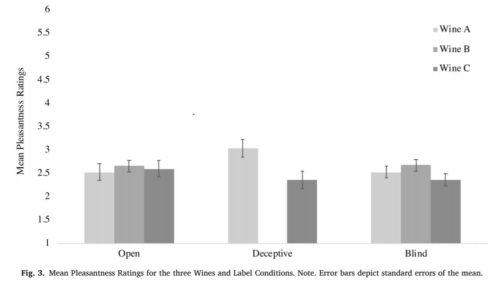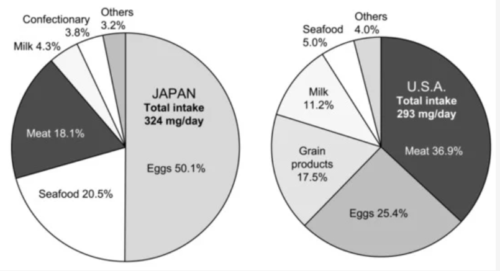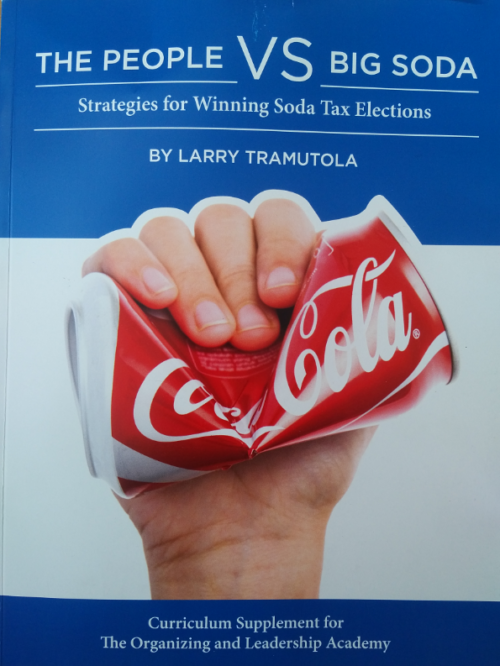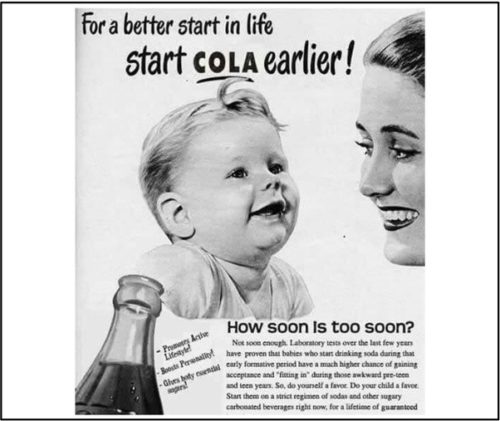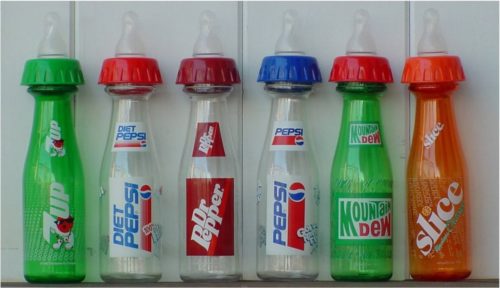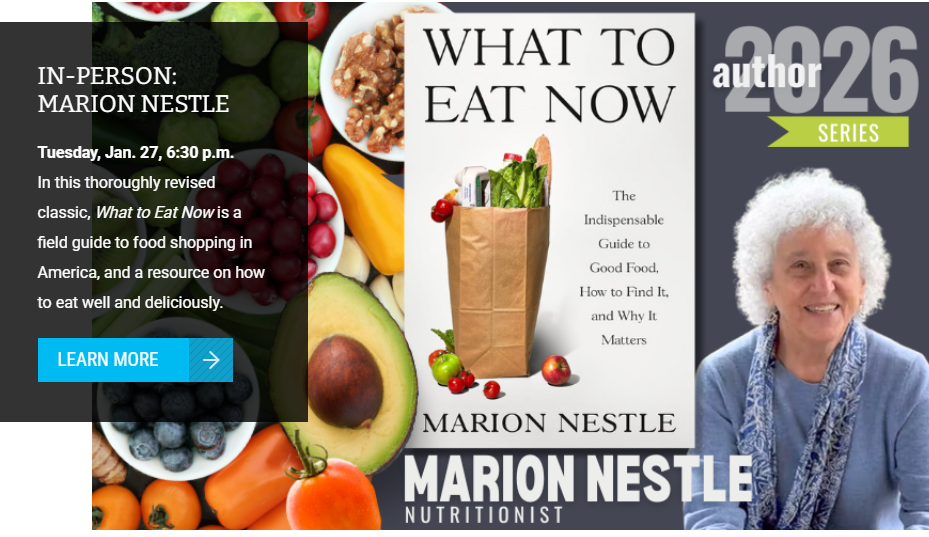Weekend reading: Safety First for Restaurants
The Aspen Institute’s Food & Society initiative, in collaboration with several other groups, has jointly issued a guide for restaurants on how to protect staff and customers from Covid-19.
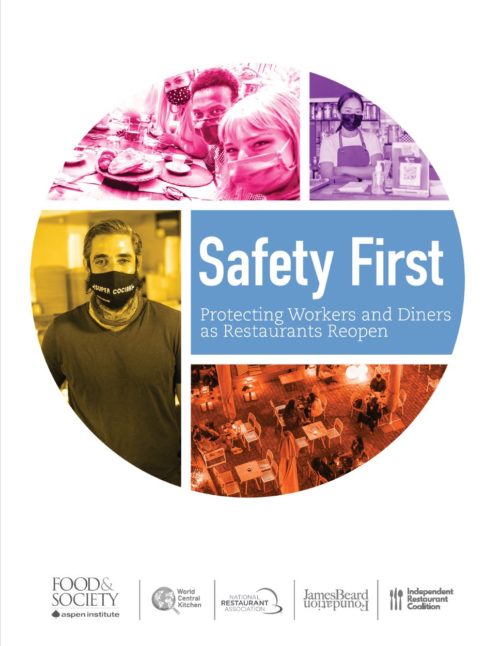
The new guide includes:
- The Diner Code of Conduct, which lays out expectations for dining indoors.
- The COVID-19 Pledge, which explains the expectations of restaurant operators and workers to create a safe indoor dining environment.
- Ventilation Guidelines, which give restaurants practical, affordable, and accessible help with ventilation systems and best practices.
You can get the whole thing here.
As Corby Kummer, Food & Society’s director, explains,
We’ve fine-tuned Safety First to meet the on-the-ground needs of restaurants as they reopen as quickly, economically, and safely as possible—translating the science of health officials and engineering associations into the day-to-day realities of businesses small and large. That’s what restaurants told us they needed, and health departments told us too.
The guide puts everything in one place: how Covid-19 is transmitted; how to prevent it,; what diners, waiters, cooks, and everyone else in a restaurant should do there and at home; how to deal with restrooms; and how to deal with any number of possible scenarios.
It’s short, easy to read, and amazingly comprehensive and useful.
We all want restaurants to re-open safely. Here’s how, with thanks to Aspen and its heavy-duty collaborators:
- World Central Kitchen
- The National Restaurant Association
- The James Beard Foundation
- The Independent Restaurant Coalition

